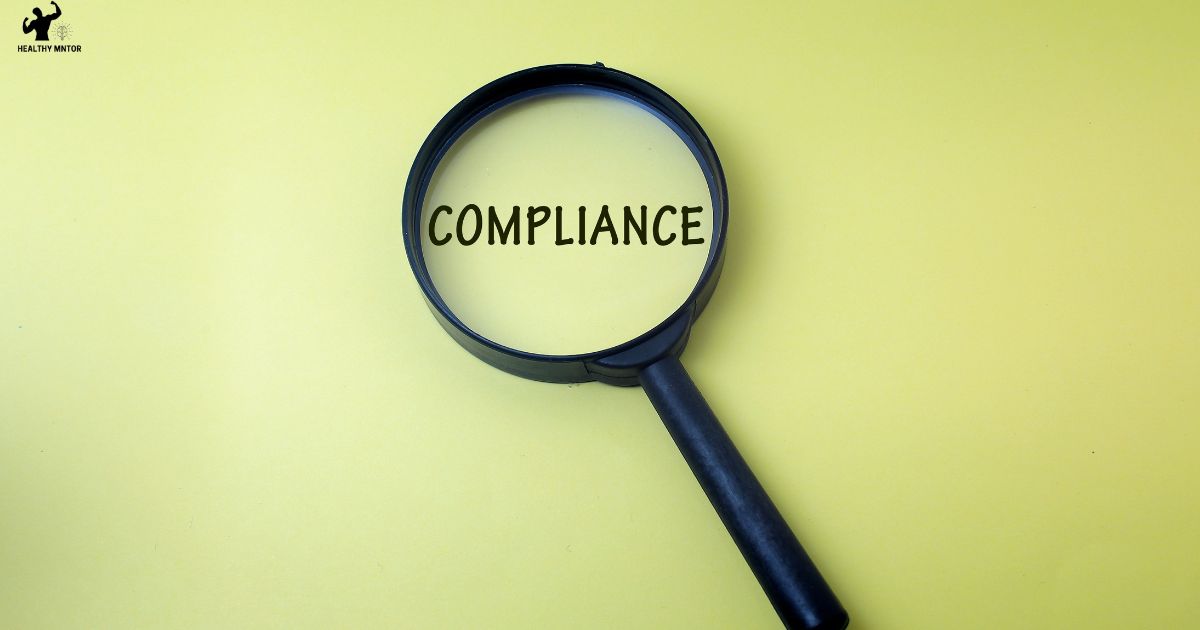In the realm of healthcare, the Privacy Rule stands as a stalwart guardian of personal health information, ensuring its protection and confidentiality. However, an intriguing exception exists within this rule – the de-identified health information. While seemingly contradictory, this concept holds a deeper meaning. This article explores the nuances of de-identified health information and its relationship with the Privacy Rule, shedding light on the exceptions and limitations that govern this unique aspect of healthcare data. Join us on this journey of understanding and compliance within the realm of privacy and healthcare.
Key Takeaways
- De-identified health information allows for analysis and sharing without violating privacy.
- Methods like data masking, aggregation, and generalization are used to de-identify health information.
- Compliance with privacy regulations like HIPAA is essential when working with de-identified health information.
- De-identification of health information removes personally identifiable information from data sets while preserving data utility for research and analysis.
What Is the Privacy Rule
These guidelines include obtaining patient consent before disclosing their health information, providing patients with the right to access and amend their health records, and implementing safeguards to protect the privacy and security of health information. The Privacy Rule also requires covered entities to provide individuals with notice of their privacy practices and to appoint a privacy officer responsible for ensuring compliance with the rule.
By adhering to the Privacy Rule guidelines, covered entities can maintain trust and confidence among their patients, while also avoiding potential legal and financial consequences.
Understanding De-Identified Health Information
De-identified health information plays a crucial role in maintaining patient privacy and security, as it allows for the use and disclosure of health data while protecting individuals’ identities. Understanding de-identified health information is vital for both healthcare providers and researchers. Here are some key points to consider:
- De-identified health information refers to health data that has been stripped of any identifying information, such as names, addresses, and social security numbers.
- It allows for the analysis and sharing of health data without violating patient privacy.
- Challenges in de-identifying health data include the risk of re-identification, where seemingly anonymous data can be linked back to an individual, and the need to balance data utility with privacy protection.
- Various methods, such as data masking, aggregation, and generalization, are used to de-identify health information.
- Compliance with privacy regulations, such as the Health Insurance Portability and Accountability Act (HIPAA), is essential when handling de-identified health information.
Understanding and effectively implementing de-identified health information processes are crucial for safeguarding patient privacy and facilitating secure data sharing within the healthcare industry.
Privacy Rule and the Protection of Personal Health Information
Compliance with the Privacy Rule is essential for protecting personal health information. The Privacy Rule, established under the Health Insurance Portability and Accountability Act (HIPAA) regulations, sets the standards for safeguarding individuals’ medical data. By adhering to the Privacy Rule, healthcare providers ensure that patients’ sensitive information remains confidential and secure.
To comply with the Privacy Rule, healthcare organizations must implement various measures, including administrative, physical, and technical safeguards. These safeguards are designed to protect the privacy and security of personal health information. Administrative safeguards involve policies and procedures that govern the use and disclosure of protected health information. Physical safeguards encompass physical controls, such as locked cabinets and restricted access areas. Technical safeguards involve the use of technology to secure electronic health information, such as encryption and access controls.
In order to demonstrate privacy rule compliance, organizations can conduct regular risk assessments, implement workforce training programs, and establish procedures for responding to breaches or unauthorized disclosures of personal health information.
The table below summarizes key components of privacy rule compliance:
| Component | Description |
|---|---|
| Administrative Safeguards | Policies and procedures that govern the use and disclosure of protected health information |
| Physical Safeguards | Physical controls, such as locked cabinets and restricted access areas |
| Technical Safeguards | Use of technology to secure electronic health information |
| Risk Assessments | Regular assessments to identify and address potential risks to personal health information |
Exceptions and Limitations Under the Privacy Rule
Exceptions under the Privacy Rule include:
- Disclosure without authorization for treatment, payment, and healthcare operations.
- Disclosure for public health activities, such as reporting communicable diseases or child abuse.
- Disclosure for law enforcement purposes, including reporting crimes or identifying suspects.
- Disclosure for research purposes, with certain safeguards in place.
Limitations under the Privacy Rule include:
- Minimum necessary standard, which requires covered entities to limit the use or disclosure of protected health information to the minimum necessary to accomplish the intended purpose.
- Prohibition on the sale of protected health information without individual authorization.
These exceptions and limitations help strike a balance between protecting individuals’ privacy and allowing necessary disclosures for various purposes.
Ensuring Compliance With the Privacy Rule
To ensure adherence to the Privacy Rule, covered entities must implement measures that guarantee the protection of personal health information while allowing for necessary disclosures in accordance with the exceptions and limitations outlined. Compliance with the Privacy Rule can be achieved through various strategies that focus on privacy rule enforcement. These strategies include:
| Compliance Strategy | Description | Benefits |
|---|---|---|
| Privacy Policy | Developing and implementing a comprehensive privacy policy that outlines how personal health information is handled. | Ensures transparency and accountability in the handling of personal health information. |
| Employee Training | Providing regular training sessions to employees on the importance of privacy and the proper handling of data. | Enhances awareness and knowledge, reducing the risk of accidental or intentional privacy breaches. |
| Access Controls | Implementing access controls and authentication mechanisms to restrict access to personal health information. | Ensures that only authorized individuals can access and view personal health information. |
| Data Encryption | Encrypting personal health information to protect it from unauthorized access or disclosure. | Safeguards data in transit and at rest, providing an additional layer of protection against breaches. |
| Incident Response Plan | Developing and implementing an incident response plan to address and mitigate privacy breaches if they occur. | Enables swift and effective response to privacy breaches, minimizing potential harm to individuals. |
FAQ’s
How Can Individuals Access Their Own De-Identified Health Information?
Individuals can access their own de-identified health information by exercising their access rights under the Privacy Rule. However, privacy concerns must be considered to ensure the protection of sensitive data.
Can De-Identified Health Information Be Used for Research Purposes Without Obtaining Consent From Patients?
Research ethics require obtaining patient consent for the use of de-identified health information. Without consent, using de-identified health information for research purposes would be a violation of privacy and ethical guidelines.
Are There Any Specific Guidelines or Standards for De-Identifying Health Information?
Guidelines and standards exist for de-identifying health information. These provide instructions on how to remove personally identifiable information from data to ensure privacy. Compliance with these guidelines is important for protecting patient confidentiality in research and other uses.
Can De-Identified Health Information Be Re-Identified by Combining It With Other Data Sources?
Re-identification risks arise when de-identified health information is combined with other data sources through data linkage techniques. This can compromise the privacy of individuals and is a concern for those seeking secure and protected health information.
What Are the Potential Consequences or Penalties for Non-Compliance With the Privacy Rule?
Potential consequences and penalties for non-compliance with the privacy rule can include civil monetary penalties, criminal charges, and reputational damage. Organizations must ensure they adhere to the privacy rule to avoid these potential ramifications.
Conclusion
In conclusion, the Privacy Rule plays a crucial role in protecting personal health information by establishing standards for de-identified health information. This ensures that individuals’ privacy is maintained and their sensitive data is safeguarded. Exceptions and limitations under the Privacy Rule further enhance its effectiveness. To ensure compliance with the Privacy Rule, organizations must adhere to the established guidelines and implement necessary measures. By doing so, they can uphold the privacy and security of individuals’ health information.







